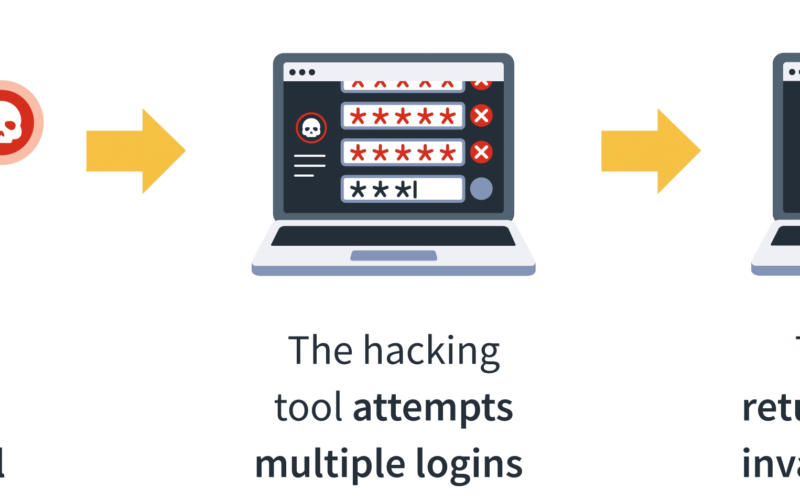Data protection has become a paramount concern for individuals and organizations alike. With the ever-increasing number of data breaches and cyber attacks, safeguarding sensitive information must be a top priority. To ensure that your data is always protected, it is essential to have a reliable backup strategy in place. The 3-2-1 backup rule is a foolproof method that can help you keep your data secure and protected from all kinds of threats.
Depending on the sensitivity of the protected data, the 3-2-1 backup rule should be considered the absolute minimum. TekEdge Consulting goes well beyond the 3-2-1 backup rule. Click HERE to find more information about our backup processes, Managed Data Protection.
What is the 3-2-1 backup rule?
The 3-2-1 backup rule is a backup strategy that involves creating three copies of your data, storing them in two different formats, and keeping one copy offsite. The rule is simple, easy to follow, and provides a robust backup strategy that can protect your data from all kinds of threats, including hardware failure, natural disasters, and cyber attacks, such as ransomware.
How does the 3-2-1 backup rule work?
Let’s take a closer look at how the 3-2-1 backup rule works.
Three copies: The first step is to create three copies of your data. This involves making an original copy of your data and creating two additional copies. These copies can be stored in different formats, such as an external hard drive, tape, or cloud storage.
Two formats: The second step involves storing these three copies of your data in two different formats. This means that one copy can be stored on an external hard drive, while the other two copies can be stored on tape or cloud storage. By doing this, you are ensuring that your data is protected in case one of the storage formats fails.
One copy offsite: The final step is to keep one copy of your data offsite. This can be achieved by storing a copy of your data in a remote location or cloud storage. By keeping one copy offsite, you are protecting your data from threats such as fires, floods, and other catastrophic events.
Why is the 3-2-1 backup rule important?
The 3-2-1 backup rule is important because it provides an effective backup strategy that can protect your data from all kinds of threats. With three copies of your data, you are ensuring that even if one copy fails, you have two other copies that you can rely on. By storing these three copies in two different formats, you are adding an extra layer of protection that can safeguard your data from hardware failures or cyber-attacks. Finally, by keeping one copy offsite, you are protecting your data from catastrophic events that can render your primary and secondary backups useless.
TL;DR
Data protection is a critical issue that should not be taken lightly. The 3-2-1 backup rule provides a simple, easy-to-follow backup strategy that can protect your data from all kinds of threats. By creating three copies of your data, storing them in two different formats, and keeping one copy offsite, you are ensuring that your data is always protected and secure. Whether you are an individual or an organization, the 3-2-1 backup rule is a reliable and effective backup solution that can give you peace of mind knowing that your data is always safe and protected.


